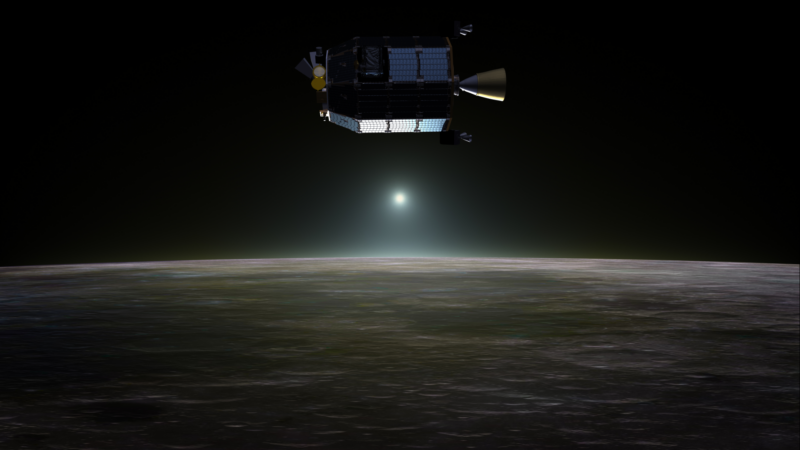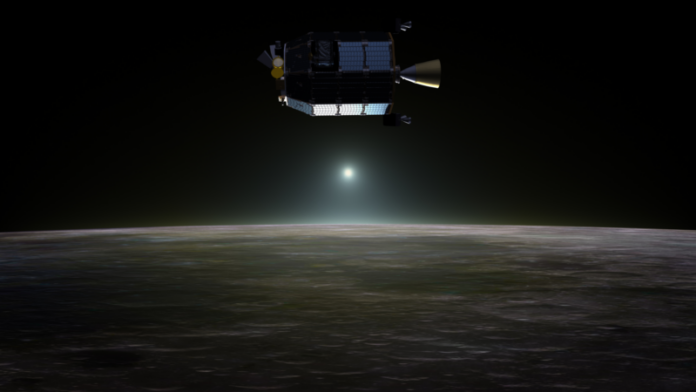
Enlarge / Artist's rendition of the LADEE mission above the lunar surface. (credit: NASA/ Dana Berry)
The Moon may not have much of an atmosphere, mostly because of its weak gravitational field (whether it had a substantial atmosphere billions of years ago is debatable). But it is thought to presently be maintaining its tenuous atmosphere—also known as an exosphere—because of meteorite impacts.
Space rocks have been bombarding the Moon for its 4.5-billion-year existence. Researchers from MIT and the University of Chicago have now found that lunar soil samples collected by astronauts during the Apollo era show evidence that meteorites, from hulking meteors to micrometeoroids no bigger than specks of dust, have launched a steady flow of atoms into the exosphere.
Though some of these atoms escape into space and others fall back to the surface, those that do remain above the Moon create a thin atmosphere that keeps being replenished as more meteorites crash into the surface.
Read 15 remaining paragraphs | Comments
Ars Technica - All contentContinue reading/original-link]




